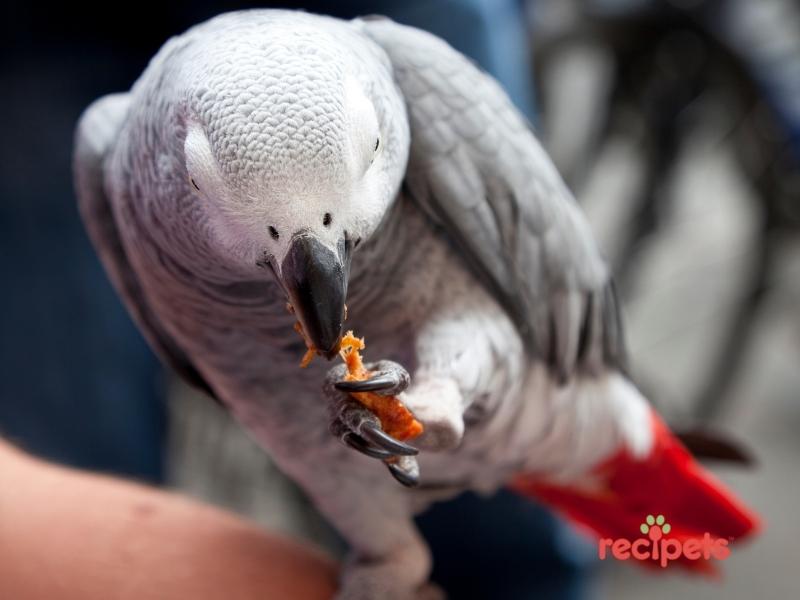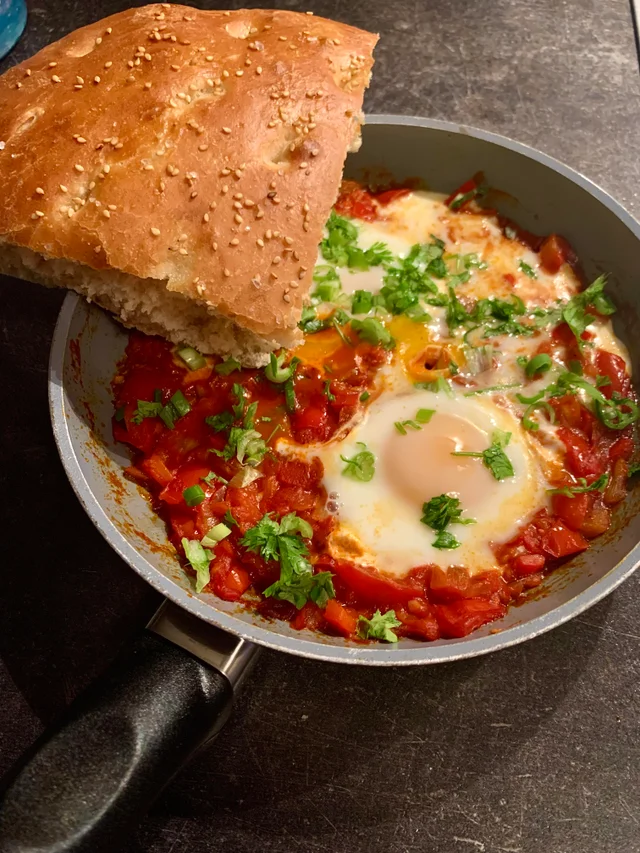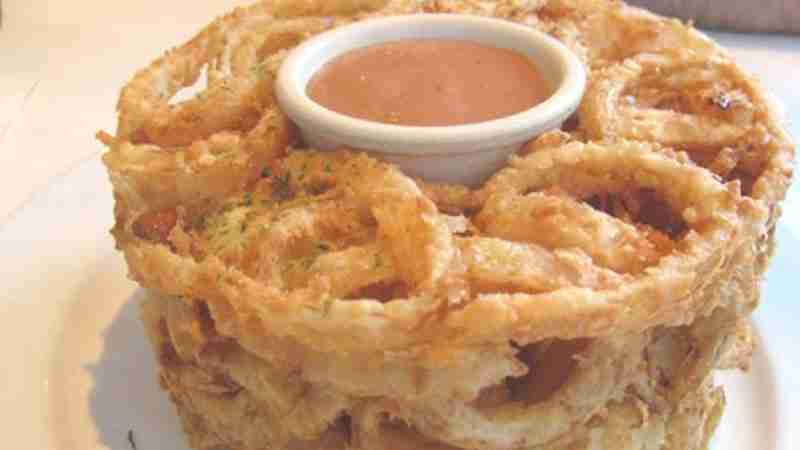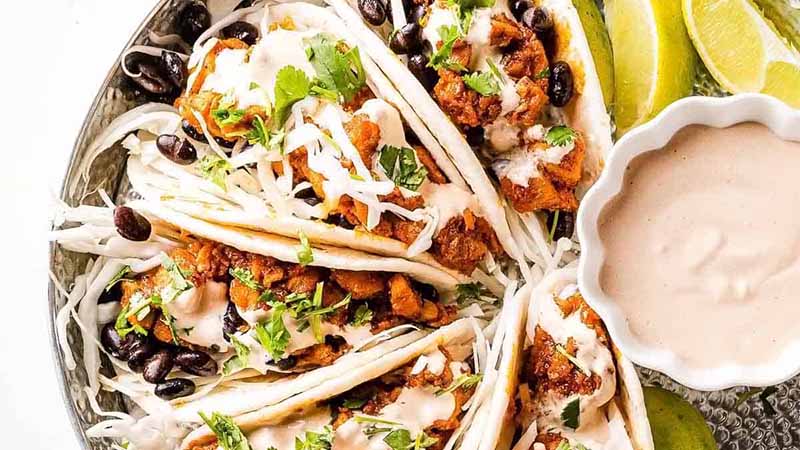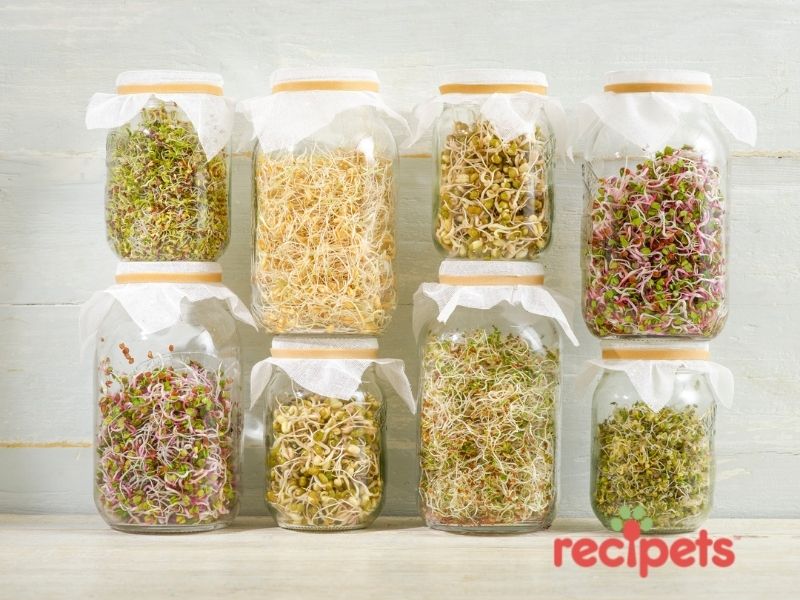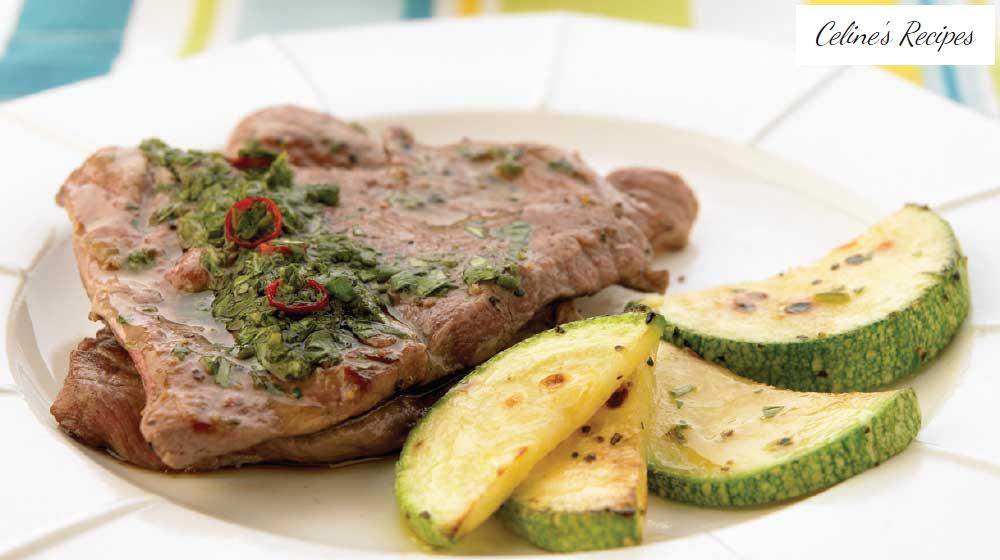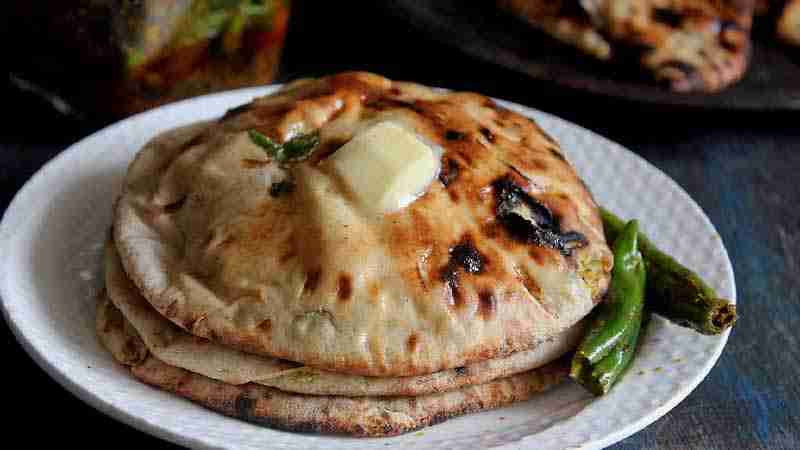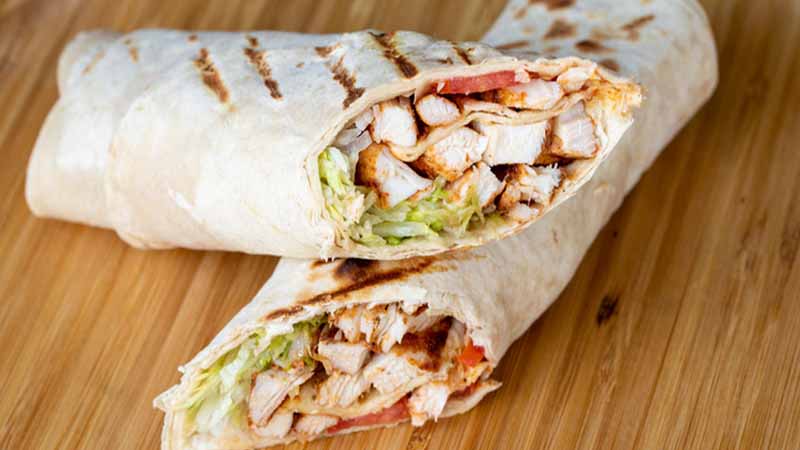[ad_1]
If you’re like most bird owners, you probably want to give your feathered friend the best diet possible. A good diet helps keep them healthy and happy. Parrots, like all other animals, require a proper balance of carbohydrates, proteins, fat, vitamins, minerals, and water. But what food is in a good diet for a parrot?
In general, parrots eat a diet that is heavily fruit-based along with nuts, vegetables, seeds, sprouts and flowers. The balance of food will vary depending on the breed of parrot.
My family has kept and bred parrots for over 70 years and my Father is one of the UK’s leading experts. Together we have put together this information for you.
This post may contain affiliate links from which I will earn a small commission at no cost to you.
Broadly speaking, parrots may be divided into grain eaters (including seeds, nuts, and beans) like budgerigars and parakeets; fruit eaters like most Amazon and Eclectus parrots; and specialist nectar eaters (lories and lorikeets). ( Parrot Society)
This article focuses on the popular pet fruit-eating parrots; African Greys, Amazons, Cockatoos, Senegals, Eclectus.
There are a few things you should keep in mind when it comes to your parrot’s diet. The most important is to make sure they’re getting a balanced diet that includes all the essential nutrients they need. This means feeding them a variety of foods, including fruit, grains, seeds, vegetables, eggs, and oils that are suitable for their breed.
You can also give them homemade food and treats using our carefully researched recipes your bird will love.

Balancing your parrot’s diet
Fruit-eating parrots come in many varieties from African Greys to Amazons, and although their diets are similar, there are some variants, which I’ve explained below.
You might think that you should feed your parrot mainly on seeds, and you’d be very wrong. Although they eat seeds, these parrots thrive on a fruit-laden diet. In fact, peanuts and sunflower seeds are high in fat and deficient in calcium and vitamin A. Feeding your parrot on these as a staple can lead to malnutrition very quickly. Seeds should be a very small part of your parrot’s diet.
Many health problems with pet birds come from poor nutrition so it’s important that you get your parrot’s diet right.
Parrots will select food items according to colour and taste, although they have far fewer taste buds (approx. 350) than do humans (around 9000).( Science Focus)
Commercial ” parrot mix” is a one-size-fits-all and should be avoided as you’ll find your bird will pick through and only eat their favorites, which may well be unhealthy. Better to offer a selection of carefully chosen nuts and seeds in a separate bowl to their fruit and veg.
Go one step further, and offer the fruit and veg in the morning when they are hungry, and add their nuts and seed bowl in the evening. Remember to remove any uneaten food and clean their bowls every day with hot soapy water, as well as providing fresh, clean water.
Fats for parrots
Fats are required as an energy source and for fat-soluble vitamin utilization and storage. Parrots require 2% – 4% of their total diet in fats. Watch out as African Greys and large Macaws will gorge on high-fat nuts like palm nuts if offered.
Did you know? Sunflower seeds are an incredible 20% fat and loved by parrots (especially African Greys) – think of them as the ‘junk food’ for your bird and don’t feed them daily!
Carbohydrates for parrots
Carbohydrates which are the sugars & starches in a diet provide a rapidly metabolizable energy source. Your parrot will need these in moderation and the exact quantity will depend on what temperature your bird is kept at, how much physical activity your bird has, and their fat reserves.
Protein for parrots
Proteins are the body’s “building blocks,” and your parrot needs them for building muscles, as well as all other body tissues, including growing feathers.
10% – 15% of your parrot’s daily diet should be protein. We recommend increasing protein levels to 20% at times of rapid growth – like when raising chicks, if your hen is are laying, or your parrot is recovering from illness or molting.
Seed-based diets are deficient in protein and, as a result, parrots will eat excessive quantities of them to try and meet their daily protein needs. Unfortunately, this also means they’ve consumed too much fat and carbohydrates.
Foods high in plant protein suitable for parrots are
- broccoli
- quinoa
- soybeans (edamame),
- legumes/beans
- nuts
- sprouts
We also feed our parrots on unseasoned scrambled eggs (crush the shells up too).
Vitamins for parrots
Vitamins A, B, C, D, E and K are all needed by your parrot. The fat-soluble vitamins (A, D, E and K) are stored in the body in the liver, which can lead to potential over-load if too much are present in the diet. Too much Vitamin A and D can lead to kidney damage.
- Vitamin A is found in dark green foods (kale, spinach, broccoli, sweet potato, peas and beans), carrot, sweetcorn peppers, and mango.
- Vitamin C is found primarily in apples, oranges, tomatoes, strawberries, kiwi fruit, and rose hips. It is also synthesized by the bird in its liver, so deficiency is rarely a problem. It does, however, enhance the absorption of iron, so too many vitamin C-rich foods may be a problem in birds susceptible to iron-storage disease.
- Vitamin Bs include thiamine (B1), riboflavin (B2), niacin, pyridoxine (B6), biotin, pantothenic acid, folic acid, choline and cyanocobalamin (B12). These are generally obtained from wheatgerm (wholemeal bread), dark greens, eggs, and sunflowers.
- Vitamin D is manufactured by the bird in its skin and preen gland, in response to ultraviolet radiation, but is also present in egg yolk, fish oils and milk. Many pet parrots are not exposed to sunshine and therefore are unable to make their own Vitamin D, so you can buy a specific UVB bird light to help with this.
- Vitamin E is obtained from spinach, apples & pears, mango, almonds and walnuts, sweet potatoes, sunflower kernels, pine nuts, and wheatgerm.
- Vitamin K supply comes from green vegetables and eggs, as well as bacteria in the gut. ( source: Parrot Society)
Calcium
Calcium is probably the most important mineral for your bird, and is present in dark green foods, natural mineral sources such as oyster shell or cuttlefish bone, eggshells, cooked chicken bones, oranges, chickpeas, bread or toast, and milk or milk products such as cheese. Calcium is required for bone formation, feather production, eggshell manufacture, and normal nerve and muscle function.
Now, you’re going to say that you shouldn’t give your parrot milk as it is lactose intolerant, which is sort of true. Parrots don’t have the enzyme lactase to digest lactose, but all that happens is that your bird will have runny poop. In fact, in emergency hard cheese is a great treat and provides your bird with calcium and protein if they need a boost.
Phosphorus
Phosphorus is also required for bone growth and development. The calcium to phosphorus ratio should be around 2:1 in your bird’s diet. Phosphorus can be found in most food including seeds and vegetables, but not dry seeds.
Iron
The pigment in red blood cells is hemoglobin and iron is essential for the production of these cells. Found in fish, meat, and wholemeal bread. Too much iron is a problem for your parrot and will eventually lead to kidney issues.
Popular pet parrots and their specific dietary needs
African Grey
In the wild, African Grey parrots eat a wide range of seeds, nuts, fruits, berries, and greens. They forage for food by climbing amongst the branches of the trees and using their strong beaks and feed to maneuver around. They love the fruits of the African oil palm tree that is indigenous to their natural habitat.
Calcium and vitamin A insufficiencies, as well as obesity, are common in African greys. Feeding a balanced diet will aid in the prevention of these problems. ( Source: Lafeber)
Cockatoo
Cockatoos get bored easily and should always be kept in pairs in large aviaries where they have plenty of stimulation, but this isn’t often practical. One of our tips to keep them occupied feed them on tiny seeds such as millet. Cockatoos have amazing dexterity with their beaks and tongues and will spend hours cracking every single seed. Just watch!
Nuts such as pecans, walnuts, pistachios, and almonds and legumes; garbanzo beans, lentils, soybeans, pinto beans, red kidney beans, and split peas will satisfy the protein required for cockatoos. Just remember that nuts are also high in fat, so the portion must be considered when feeding a cockatoo.
Balanced diets protect cockatoos against diseases like gout, vitamin D toxicity, or iron toxicity.
Macaws
Some parrots, like Hyacinthine Macaws, need extra protein sources, like nuts (plain and unsalted). Good nuts to offer are walnuts, almonds, hazelnuts, macadamia nuts, and their favorites are also palm nuts.

What foods can parrots eat?
Fruit and vegetables are essential as I’ve discussed above. The percentage you give to your bird will depend on the species of your parrot and you’ll need to dig into that deeper or this article is going to turn into a book! ( might not be a bad idea).
As a guide, at least 40% of your parrot’s diet should be composed of fresh ingredients.
Ideally you should buy organic produce and make sure you wash everything before preparing it for your bird.
Fruits for Parrots
Parrots love fruits and like humans, they have their own preferences so offer your parrot different fruits and keep trying, even if they don’t like it the first time, they might on the 3rd or 4th try!
Of the fruits, in general, tropical fruits such as mango, papaya, bananas, and passion fruit have higher levels of ‘good’ nutrients (especially vitamins).
Can I feed my parrot some dried fruits?
Dried fruits are very popular with parrot owners and although usually are a healthy option bear these points in mind:
1. Dehydration can boost sugar concentration, so serve smaller amounts of dehydrated fruits than you would fresh ones. The nutrient value will be equivalent.
2. Sulfur is present in many dehydration processes. It isn’t good for birds, so any dried fruits you buy should be sulfur-free.
3. Dried fruits do not have the same amount of water as fresh fruits, so be sure to provide your pet bird with extra water.

Parrot Safe Fruit list
| Safe Fruit | Safe Fruit | Feed in Moderation |
|---|---|---|
| Apples | Mango | Figs |
| Bananas | Papaya | Raisins |
| Blackberries | Passion fruit | Grapes |
| Blueberries | Pineapple | Oranges |
| Cherries ( pit removed) | Pomegranate | Grapefruit |
| Citrus fruits | Peaches | Tomatoes |
| Coconut | Strawberries | |
| Cranberries | ||
| Kiwi |
Never feed avocados, they are toxic to birds.
Tangy Tropical Fruit Parrot Bread
Looking for a delicious and nutritious parrot bread recipe? Look no further than this Tangy Tropical Fruit Bread! This recipe is packed with healthy ingredients that your parrot will love, including organic flour, yellow cornmeal, cinnamon, and of course, lots of tropical fruits! This recipe is perfect for fruit loving parrots, like Amazons, and can be made in just 35 minutes. So why not try it today? Your parrot is sure to love it!
Check out this recipe
Add to CollectionGo to Collections

Vegetables for Parrots
Vegetables are a powerhouse of nutrients for your bird providing vitamins, fiber, protein, calcium, and other nutrients. Offer your bird freshly washed organically grown vegetables every day and remove any leftover or spoiled foods each night. You can put most of them raw into your parrot’s daily chop – or cook them lightly and add to your parrot mash.
Parrot Safe Vegetable list
| Safe Vegetables | Safe Vegetables | Safe Vegetables |
|---|---|---|
| Artichoke | Courgettes | Watermelon |
| Beets | Cucumbers | Cantaloupe Melon |
| Bell peppers | Green Beans | Winter Squashes |
| Broccoli | Hot peppers | Kale |
| Butternut Squash | Mustard Greens | Okra |
| Carrots | Radish | Sweet Potatoes (cooked) |
| Cauliflower | Spinach | Parsley |
| Collard greens | Swiss Chard | Pumpkin |
| Corn-on-the-cob | Cabbage | Brussel Sprouts |
| Cauliflower | Chicory | Parsnip |
Nuts for Parrots
All parrots adore nuts, some more than others( macaws I’m looking at you!). Unsalted, unroasted and ideally in their shells choose from the list below and see what your bird prefers! Remember to feed them occasionally as treats rather than a mainstay of their diet as they are high in fat
A point to make is that some kinds of nuts are more difficult for smaller parrots, such as Amazons or Eclectus, so unshelled nuts, such as walnuts or hazelnuts, may be preferable for these parrots.
Parrot Safe Nut list
| Nuts | Nuts | High in Fat Nuts |
|---|---|---|
| Pine nuts | Hazelnuts | Macadamia |
| Walnuts | Cashews ( cooked only) | Brazil Nuts |
| Pecans | Pistachios | Almonds |
Nutty Delight Parrot Bread
Looking for a delicious and nutritious way to add variety to your parrot’s diet? Look no further than Nutty Delight Bread! This recipe is packed with healthy ingredients like whole wheat flour, almonds, walnuts, hazelnuts, apricots, raisins, strawberries, and oats. And your parrot will love the nutty flavor. So why not give Nutty Delight Bread a try today? You and your parrot won’t be disappointed!
Check out this recipe
Add to CollectionGo to Collections

Peanuts and Parrots
I wouldn’t recommend feeding your parrot peanuts. Peanuts aren’t actually nuts (did you know that?). Unfortunately, peanuts are often contaminated with a fungal toxin (aflatoxin) Aspergillus, which when either inhaled or ingested can lead to lethal diseases in parrots.
But strangely enough, the concentration of aflatoxin is much lower in peanut butter! Make sure it’s just peanuts though, organic( goes without saying), and no additives. So go on share a nibble of your peanut butter on toast with your bird in the morning as a treat!
Seeds, Grains and Pulses for Parrots
Seeds used to be the main parrot diet, or so we thought. More recently, however, it’s becoming more and more clear that seeds shouldn’t be the main component of your parrot’s diet. There are a few main reasons for this:
- Seeds lack essential nutrients, especially calcium (Werquin, De Cock & Ghysels, 2005).
- Seeds are high in fat. Because our domestic parrots don’t get nearly as much exercise as wild parrots (even if they’re out of the cage all day or in an aviary), they simply don’t need this much fat in their diet. Obesity is a real issue.
- Many seed mixes contain large amounts of filler seeds that are even higher in fat than others. Oilseeds like sunflower and safflower seeds are a good example.
- The seeds that can be found in seed mixes don’t actually mimic wild parrot diet. A few species do naturally feed on grass seeds, but many go for completely different options.
- Commercial seed mixes are not available in the different stages of development that they would be in nature. If you scroll back, for example, you’ll see that cockatiels favor soft and young seeds rather than dried.
Tip: If you want to have seeds on hand, be sure to go for a high-quality mix without sunflower and safflower seeds.
Using Seeds for Training and Enrichment
We like to use seeds for training, or enrichment (see the note about Cockatoos above). Sunflower and pumpkin seeds are our birds favourites.
Seeds for parrots
- safflower seeds
- millet seed,
- hemp seed
- thistle seed
- chia
- flax
Seeds are usually high in fat and offer little in the way of other nutrients – unless they are sprouting.
A seed consists of four parts: the germ, the cotyledon, the endosperm, and the hull. What you buy in the shop are ungerminated seeds, which your parrot hulls so they can eat the germ, the cotyledon, and the endosperm. We like to sprout the seeds and feed those to some of our parrots. This is easy and provides a lot more nutrients. Be mindful that you need to follow a process to safely sprout seeds.
| Image | Title | Price | Buy |
|---|---|---|---|
 |
Mason Jar Sprouting Kit | Buy Now | |
 |
Bean Sprouting Seed Mix – Green Pea – Mung Bean – Adzuki – Garbanzo – Non GMO | Buy Now |
Prices pulled from the Amazon Product Advertising API on:
Grains
There are many different types of grains that can be fed to parrots, and they offer a range of benefits. Grains are a good source of protein, fiber, and essential vitamins and minerals. They’re also relatively low in fat, making them a healthy option for your bird.
Grains can be used to provide enrichment for your bird, and they’re a great way to help keep your bird’s diet varied and interesting. Some of our favorites include rice, quinoa, and amaranth.
Parrot safe grains
| Grains | Grains | Grains |
|---|---|---|
| Amaranth** | Barley | Buckwheat |
| Corn | Farro | Kamut |
| Millet*** | Oats | Quinoa (all colors) |
| Rice (Brown, Black, Red or Wild) | Rye | Spelt |
| Teff | Triticale | Wheat Berries |
| For sprouting, buy whole grains, not pearled, polished, or steel cut. | **Amaranth grain is safe sprouted or cooked, but should not be fed raw. | ***Never soak or sprout Sorghum, also known as Milo, Mega Millet, or Super Millet. |
Pulses
These are leguminous plant fruit bodies, including peas and beans in their many types. They are high in protein and several vitamins, and we often feed them during breeding season to help our hens lay eggs and rear their chicks.
Pulses are dried when you buy them so need rinsing, soaking for at least 24 hours or cooking, before offering them to your bird. If you want to sprout them, lay them on some damp kitchen roll on a tray and after about 3-5 days in a warm room ( like your kitchen) they’ll begin to sprout and form shoots. Sprouted pulses offer higher protein and vitamins for your bird.
Parrot safe beans and legumes
- Adzuki Beans
- Garbanzo Beans (Chickpeas)
- Lentils (All Varieties)
- Mung Beans
- Peas (All Varieties)
Note: Dried beans require either soaking & sprouting, or soaking & thorough cooking. If you are sprouting, buy whole legumes, not split.
Feeding Meat, Bones & Eggs to parrots
Too much protein in your bird’s diet can lead to future kidney problems. Saturated fats and cholesterol are also found in high quantities in meat, and neither of these is good for your birds. Also, the antibiotics and hormones injected into meat such as chickens pose a serious risk to your pet parrot so are best avoided.
Although, parrots can eat meat, like chicken, occasionally, but it should not be a major portion of their diet. A cooked chicken drumstick bone can be a real treat for your bird, maybe once a month.
Parrots can eat eggs and eggshells. Eggs can be a source of protein for your pet, and eggshells are a good source of calcium. They also contain the essential amino acids that your parrot needs. Scrambled are best and make sure to let them cool off before feeding.
Wild Weeds, Flowers and Foraged Foods for Parrots
Wild parrots spend up to 80 percent of their day foraging and there’s no reason why your pet bird should not enjoy similar activities for enrichment at home.
- Sprinkle nuts and seeds in a tray of pebbles, so your bird has to pick out the food from between the rocks.
- Put food in a bird-safe cardboard box so your bird has to tear it apart to get to its meal.
- Hang food off branches in your aviary
- Use these handy clips to hold fruit and veg on the bars of your cage.
Wild foods your parrot can eat:
- Chickweed
- Dandelions
- Sow thistle
- Blackberries
- Sloes
- Hawthorn berries
- Plantain
- Fat hen plant
- Cotoneaster berries
Tea for Parrots
The benefits of carefully prepared blends of herbal tea for birds is not a new idea, but we are a fan. Herbal teas, also known as herbal infusions (tisanes), are made from the leaves, seeds, fruit, or other parts of edible plants. They are not derived from the Camellia sinensis plant, which is harvested for caffeinated black, green, oolong, and white teas. There are hundreds of varieties, so we’ll just give a few examples of the health advantages that each one may provide. Every tea has its own distinct flavor and offers something different in return, therefore here are some samples of the health benefits that these plants may provide.
Chamomile – One of the oldest medicinal herbs with a high amount of antioxidants and anti-inflammatory and antibacterial qualities, which help fight illnesses. It’s popularity stems from its soothing effects, which aid anxiety and irritation while also preventing inflammation and infection.
Dandelion Leaf – Not many of us were aware that this plant, which we commonly refer to as a weed, is actually nutritious and frequently used in natural treatments. It’s high in vitamin A, fiber, and other vitamins including K & C, functions as a natural diuretic, and aids liver health.
Milk Thistle – Milk Thistle has been used for centuries to heal and detoxify the liver. It acts as a natural liver protector and detoxifier, removing toxins produced through the liver that might cause damage or reverse medication-induced damage.
Calendula Flower – The flower of the calendula plant was utilized in cosmetics, medicine, and even as a garnish in salads for many years. It has strong anti-inflammatory properties, can help wounds heal, and contains antimicrobial and antiviral compounds.
Hibiscus Flower – This lovely, deep crimson tea is well recognized for its ability to reduce high blood pressure. It may also aid in cholesterol and blood sugar reduction. It is high in antioxidants that fight free radical damage as a result of poor diet.
Parrot Chop and Mash
Any fruit and vegetable can be used in chop and mash. Just avoid a lot of mashes or stewed fruit because of fat and sugar.
- Chop – refers to chopped up raw fruit and vegetables
- Mash – refers to cooked fruit, vegetables, grains and pulses
Foods NOT To Feed Your Parrot
What you must avoid is salty, fatty sugary, fried human foods, tea, coffee, alcohol.
Foods never to feed your parrot include:
Chocolate
Chocolate contains the alkaloid theobromine which is toxic to most animals including your pet bird. Found in cocoa, theobromine cannot be metabolized correctly by parrots. There have been many reported parrot deaths related to chocolate. If you suspect your bird has ingested chocolate, an immediate trip to the vet is necessary.
Onion
Keep all types of onions away from your birds. Onions are members of the Allium plant family, which also contains shallots and garlic. Avoid giving your birds any cooked, raw, and dehydrated onions.
Garlic
Garlic is in the same plant family, Allium, as onions and is not safe for your parrots. It can cause digestive distress even in small quantities.
Mushrooms
Many mushrooms are toxic, so we recommend you avoid feeding your parrots any mushrooms.
Can parrots eat crackers?
Crackers intended for human consumption frequently have a lot of salt or sodium, which is fine for people but too much for birds. Occasionally, unsalted crackers may be given as a special treat.
How much should you feed your parrot, and when?
Portion size and control will vary depending on what parrot you own and we’d advise you to speak to your avian vet for guidance.
As a general rule, never offer more than 10% than the bird will eat. If there’s a lot of food left in the bowl, you’re probably offering too much.
In the wild parrots will forage early in the morning, late afternoon, and early evening about an hour before dusk. We feed our parrots at these same times during summer, but in the winter, only the morning and dusk feed times as the days are so much shorter.
We feed the main fruit and veg in the morning, grains and beans in the late afternoon, and offer scrambled eggs( with shells) before dusk. Nuts and seeds are kept for training so these are fed sparingly during the day on the days that training takes place. We account for the extra fats from the nuts in their daily portions and adjust them accordingly.
Weighing your bird every day and recording their food helps monitor their condition too and you can easily increase or decrease their food to balance it out.
You can also keep a close eye on what they are actually eating, as opposed to just what they are offered.
Will my bird have any different needs throughout its life?
Birds that are extremely young stressed, injured, laying eggs, or raising young may have certain special nutritional requirements. There are pelleted foods specifically formulated available for birds with these types of unique nutritional requirements. Consult your veterinarian regarding these situations. ( source: vcahospitals.com)
Does my bird need gravel, clay or grit?
Parrots, such as African greys, do not need gravel or grit. Grit helps some birds(like budgies) that consume whole seeds (hull and kernel) grind and digest the seeds in their gizzards (part of the stomach).
Grit is frequently attached to sandpaper perches in order to keep nails short. Parrots though, can pick grit off of these perches, resulting in intestinal problems. As a result, even sandpaper perches should be avoided for this reason. (Source: vcahospitals.com)
Why do some parrots eat clay?
In the wild, some parrots cling to cliff faces and lick the clay to assist them in neutralizing toxins from plants they may have eaten. Clay supplements intended to aid in the removal of pollutants are also available for captive birds but should only be used under veterinary advice.
What do baby parrots eat?
Baby parrots eat regurgitated food received from their parents based on the diet of that particular parrot species. For example, a baby macaw (also known as a hatchling) eats a mix of regurgitated fruits, vegetables, grains, nuts, and seeds.
Things to remember when feeding parrots
So if you made it this far you are now more familiar with the wide variety of foods your parrot can enjoy so now it’s time to get chopping, mashing and cooking with our recipes!! But here’s a few reminders about general feeding of your pet:
- Always monitor the amount of food eaten every day by each bird.
- Offer fresh water every day.
- Offer fresh fruits and vegetables every day along with nuts, seeds and pulses.
- Clean all food and water dishes daily with hot soapy water, and let them dry thoroughly before using them.
- A bird saying no to a food item one day does not mean no forever – KEEP TRYING!
Recipes to make for your parrot
Nutty Delight Parrot Bread
Looking for a delicious and nutritious way to add variety to your parrot’s diet? Look no further than Nutty Delight Bread! This recipe is packed with healthy ingredients like whole wheat flour, almonds, walnuts, hazelnuts, apricots, raisins, strawberries, and oats. And your parrot will love the nutty flavor. So why not give Nutty Delight Bread a try today? You and your parrot won’t be disappointed!
Check out this recipe
Add to CollectionGo to Collections

Tangy Tropical Fruit Parrot Bread
Looking for a delicious and nutritious parrot bread recipe? Look no further than this Tangy Tropical Fruit Bread! This recipe is packed with healthy ingredients that your parrot will love, including organic flour, yellow cornmeal, cinnamon, and of course, lots of tropical fruits! This recipe is perfect for fruit loving parrots, like Amazons, and can be made in just 35 minutes. So why not try it today? Your parrot is sure to love it!
Check out this recipe
Add to CollectionGo to Collections

Other Parrot Diet & Foods FAQs
Can parrots eat eggs?
Parrots can eat eggs and eggshells. Eggs can be a source of protein for your pet, and eggshells are a good source of calcium. They also contain the essential amino acids that your parrot needs. Scrambled are best and make sure to let them cool off before feeding.
Can parrots eat oatmeal?
A spoonful of well-cooked, plain, and unsweetened oats is acceptable for larger parrots only as a treat. You may serve it with fresh fruit or raisins, to keep your parrot occupied while you’re at work or school. Make sure to let it cool after cooking to avoid burning your parrot’s tongue.
Can parrots eat honey?
Pasteurized honey is safe for your parrots but not recommended. Raw honey should be avoided due to the presence of high levels of botulism and bacteria that can be fatal to a small animal such as your pet. Only offer tiny amounts very rarely, if at all.
References:
Gilardi, J. D., & Toft, C. A. (2012). Parrots eat nutritious foods despite toxins. PloS one, 7(6), e38293. https://doi.org/10.1371/journal.pone.0038293
Mellor, E. L., McDonald Kinkaid, H. K., Mendl, M. T., Cuthill, I. C., van Zeeland, Y., & Mason, G. J. (2021). Nature calls: intelligence and natural foraging style predict poor welfare in captive parrots. Proceedings. Biological sciences, 288(1960), 20211952. https://doi.org/10.1098/rspb.2021.1952
Cannon, C. E. (1984). The diet of lorikeets Trichoglossus spp. in the Queensland-New South Wales border region. Emu, 84(1), 16-22.
Galetti, M. (1993). Diet of the scaly-headed parrot (Pionus maximiliani) in a semideciduous forest in southeastern Brazil. Biotropica, 419-425.
Jones, D. (1987). Feeding ecology of the cockatiel, Nymphicus-Hollandicus, in a grain-growing area. Wildlife Research, 14(1), 105-115.
Ndithia, H., & Perrin, M. R. (2006). Diet and foraging behaviour of the Rosy-faced Lovebird Agapornis roseicollis in Namibia. Ostrich-Journal of African Ornithology, 77(1-2), 45-51.
Renton, K. (2001). Lilac-crowned Parrot diet and food resource availability: resource tracking by a parrot seed predator. The Condor, 103(1), 62-69.
Werquin, G. J. D. L., De Cock, K. J. S., & Ghysels, P. G. C. (2005). Comparison of the nutrient analysis and caloric density of 30 commercial seed mixtures (in toto and dehulled) with 27 commercial diets for parrots. Journal of animal physiology and animal nutrition, 89(3‐6), 215-221.
Wirminghaus, J. O., Downs, C. T., Symes, C. T., & Perrin, M. R. (2002). Diet of the cape parrot, Poicephalus robustus, in afromontane forests in Kwazulu-Natal, South Africa. Ostrich-Journal of African Ornithology, 73(1-2), 20-25.
Wyndham, E. (1980). Environment and food of the budgerigar Melopsittacus undulatus. Australian Journal of Ecology, 5(1), 47-61.
[ad_2]
Source link

